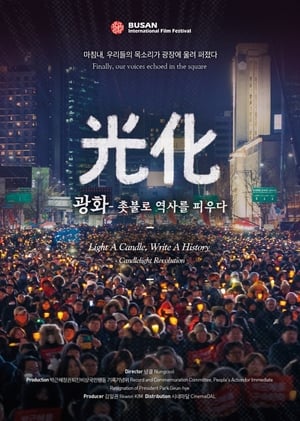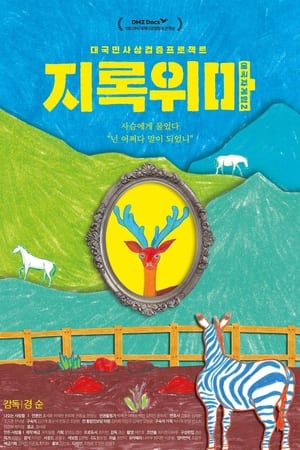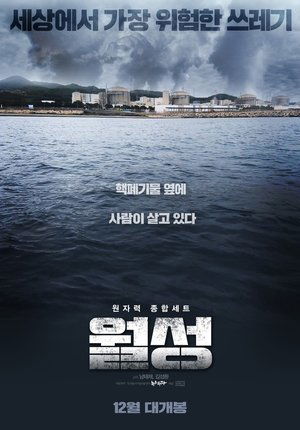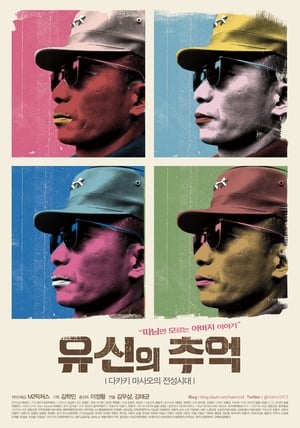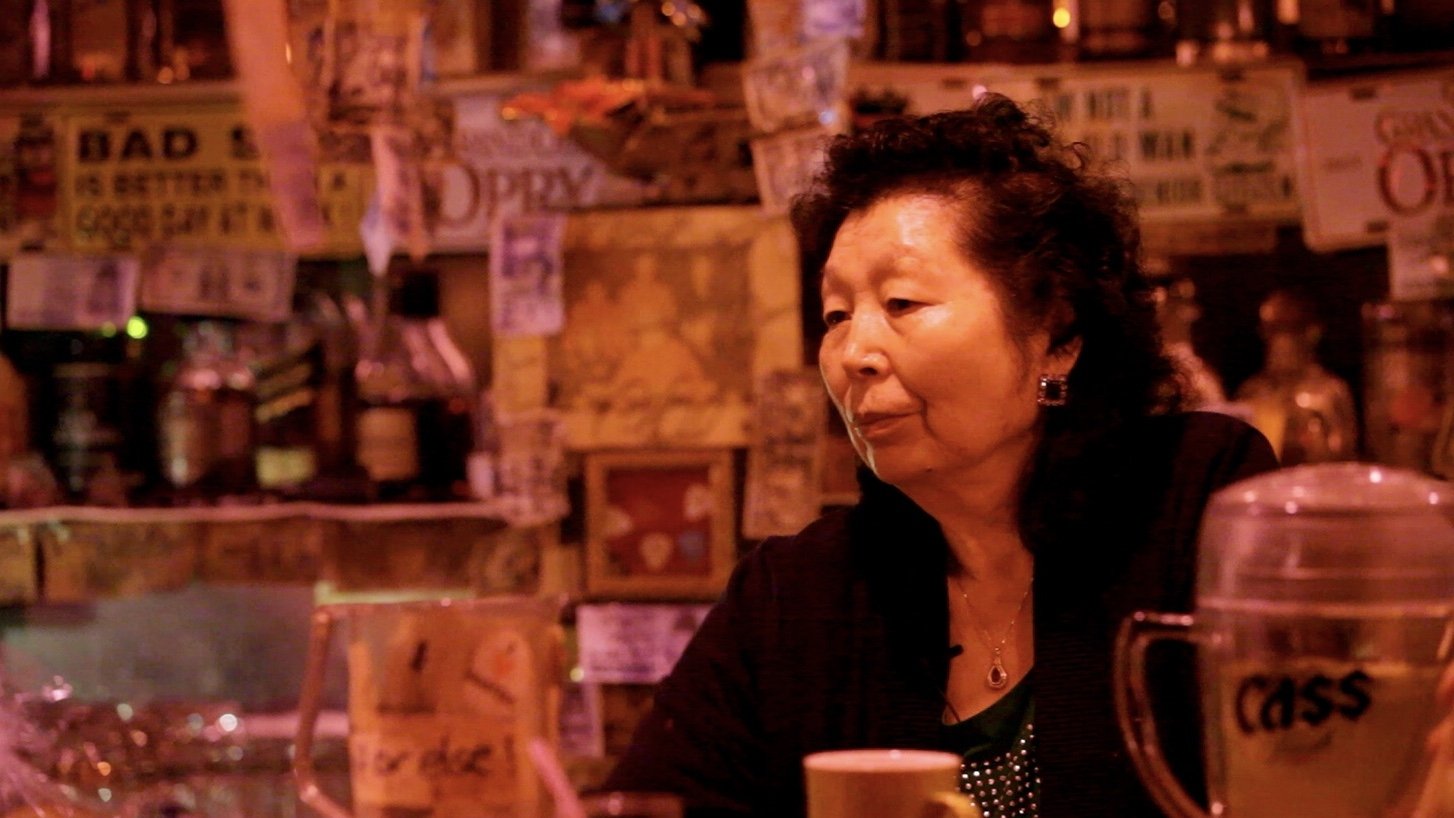
Itaewon

이태원
HomePage
Overview
Stories of three women who have been living in Itaewon, Seoul, Korea since the era that the town was run by U.S dollars of the U.S. Army.
Release Date
2019-12-05
Average
0
Rating:
0.0 startsTagline
Genres
Languages:
한국어/조선말Keywords
Similar Movies
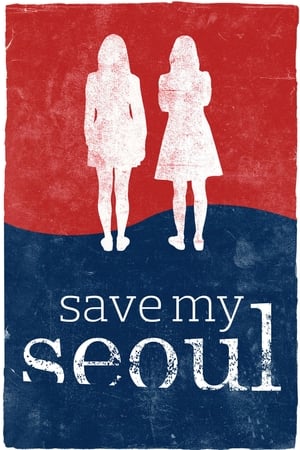 4.0
4.0Save My Seoul(ko)
Eddie and Jason, two Korean-American brothers get in over their heads when they are called to Korea to make a short film on prostitution and sex-trafficking. Things get complicated when they meet Crystal and Esther, two prostitutes who reveal just how deep the problem goes and set off on a dangerous mission to capture the truth. With the use of hidden cameras and access to pimps, johns, and sex-workers, the filmmakers explore and unravel the complexity of the sex trade in Seoul. They learn that this problem is rooted in issues far deeper than exploited girls and lustful men. Instead, it's a consequence of a culture and government that condones and turns a blind eye to the biggest human injustice of our time.
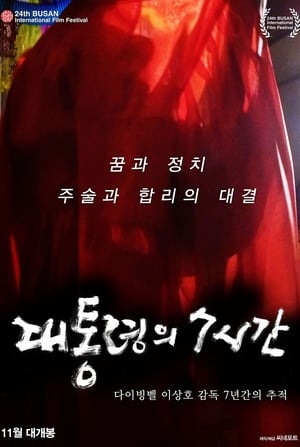 9.0
9.0President′s 7 Hours(ko)
The film traces PARK Geun-hye's life back to the 1970s, when the leader-follower relationship began between PARK, who became the first lady of the Yushin regime, and CHOI Taemin, the leader of a pseudo-religion. It then examines the Sewol ferry incident, CHOI Soonsil Gate, candlelight rallies, and finally the impeachment.
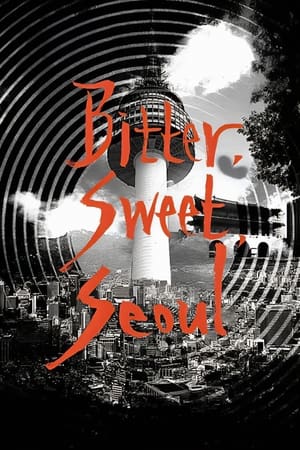 7.0
7.0Bitter, Sweet, Seoul(ko)
Over 98 days from August 20th to November 25th 2013, 2821 people from around the world sent 11,852 video featuring many different faces of Seoul. 154 were selected, edited, and made into a movie.
 10.0
10.0Trip to Asia: The Quest for Harmony(de)
Journey with the musicians of the Berlin Philharmonic and their conductor Sir Simon Rattle on a breakneck concert tour of six metropolises across Asia: Beijing, Seoul, Shanghai, Hong Kong, Taipei and Tokyo. Their artistic triumph onstage belies a dynamic and dramatic life backstage. The orchestra is a closed society that observes its own laws and traditions, and in the words of one of its musicians is, “an island, a democratic microcosm – almost without precedent in the music world - whose social structure and cohesion is not only founded on a common love for music but also informed by competition, compulsion and the pressure to perform to a high pitch of excellence... .” Never before has the Berlin Philharmonic allowed such intimate and exclusive access into its private world.
 6.0
6.0Bamseom Pirates Seoul Inferno(ko)
Grindcore punks Bamseom Pirates make music suitable for a sick society.
 9.3
9.3SEVENTEEN TOUR 'FOLLOW' AGAIN TO CINEMAS(ko)
Rewriting history every step of their way, SEVENTEEN’s first Seoul World Cup Stadium concert and encore tour [SEVENTEEN TOUR ‘FOLLOW’ AGAIN TO SEOUL] is coming to big screens worldwide this August! From the eagerly awaited full thirteen-member performances to the premiere of “MAESTRO” and unique unit performances of “Spell”, “LALALI”, “Cheers to youth”, the film captures these unforgettable moments with cinematic cameras from multiple angles, ensuring an immersive experience. This concert film begins with a powerful daylight performance that transitions into an event brimming with a diverse array of music. Culminating under a night sky illuminated by CARAT lightsticks, it captures the essence of SEVENTEEN’s record-breaking nine-year legacy. Relive the exhilaration of the concert in ScreenX, 4DX, and ULTRA 4DX for an unparalleled experience.
 0.0
0.0Family in the Bubble(ko)
My parents were real estate developers and dealers in the 1980s. They achieved the ‘middle class dream’ thanks to the development boom. However, the Asian financial crisis swept everything away.
Riverside Player(ko)
The old musicians play in the shaded corner on the side of a stream under a bridge. Their music tells stories of their lives.
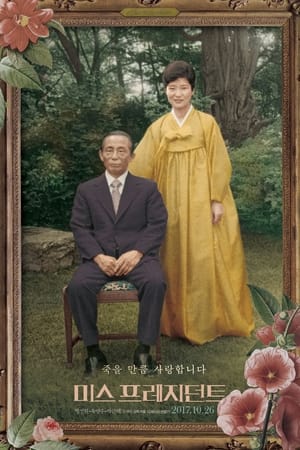 4.5
4.5Mis-President(ko)
My father led a coup in 1961. Two years later, I became the president's daughter.
 10.0
10.0NCT DREAM Mystery Lab: DREAM( )SCAPE in Cinemas(ko)
NCT DREAM’s third world tour, ‘THE DREAM SHOW 3: DREAM( )SCAPE,’ is coming to the big screen once again, bringing back the vibrant world bathed in Pearl Neo Champagne! Join the journey as the story of the Mystery Lab unfolds—a special laboratory where the secrets of growth are discovered on the path to one’s dreams, and where the prescription for comfort and healing is shared. Captured from Seoul's Gocheok Sky Dome, witness their breathtaking performances that radiated youthful energy, plus the passionate efforts behind the scenes. Don’t miss NCT DREAM Mystery Lab: DREAM( )SCAPE in Cinemas—a stage for both escaping into dreams and embracing new beginnings.
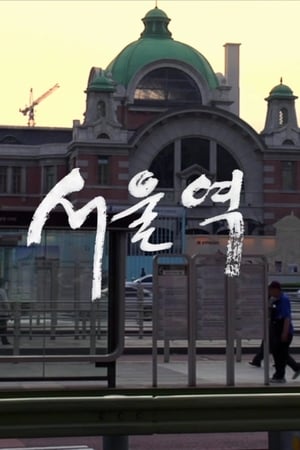 0.0
0.0Seoul Station(ko)
August 2011, Seoul station was ‘reborn’ restoring the historical traces it once had. It was named as ‘Cultural Station 284’. To commemorate this very day, an opening exhibition was held, named as ‘COUNTDOWN’. However, among all the fine works of art alongside the exhibition, the best piece of art was not to be found. To be precise, that very piece of art was not available at that time. That work of art needed time to be established. After observing and speculating the abject moments of the restoration process, finally, it was completed.
Cheonggyecheon Medley(ko)
Cheonggyecheon is a small industrial area in the city of Seoul where small metal workshops are located. Cheonggyecheon had played a key role in the industrialization of South Korea from the remnants of colonialism and war. Following the liberation of the country from Japanese rule in 1945, many industrial complexes became abandoned, resulting in a flood of scavenged machine parts on the market.. In the 1960s, Vietnam War veterans brought many machines into Cheonggyecheon, initiating small-scale production and what’s now considered “copy” production unique to the economies of developing nations. In the past five years, the business on Cheonggyecheon has declined as the surrounding neighborhood is in the process of renovation and gentrification, as part of a beautification initiative by the Seoul Metropolitan Government.
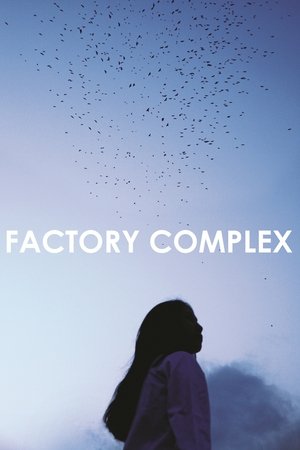 7.8
7.8Factory Complex(ko)
The drastic economic development in South Korea once surprised the rest of the world. However, behind of it was an oppression the marginalized female laborers had to endure. The film invites us to the lives of the working class women engaged in the textile industry of the 1960s, all the way through the stories of flight attendants, cashiers, and non-regular workers of today. As we encounter the vista of female factory workers in Cambodia that poignantly resembles the labor history of Korea, the form of labor changes its appearance but the essence of the bread-and-butter question remains still.
 7.8
7.8In the Absence(ko)
When the MV Sewol ferry sank off the coast of South Korea in 2014, over three hundred people lost their lives, most of them schoolchildren. Years later, the victims’ families and survivors are still demanding justice from national authorities.
